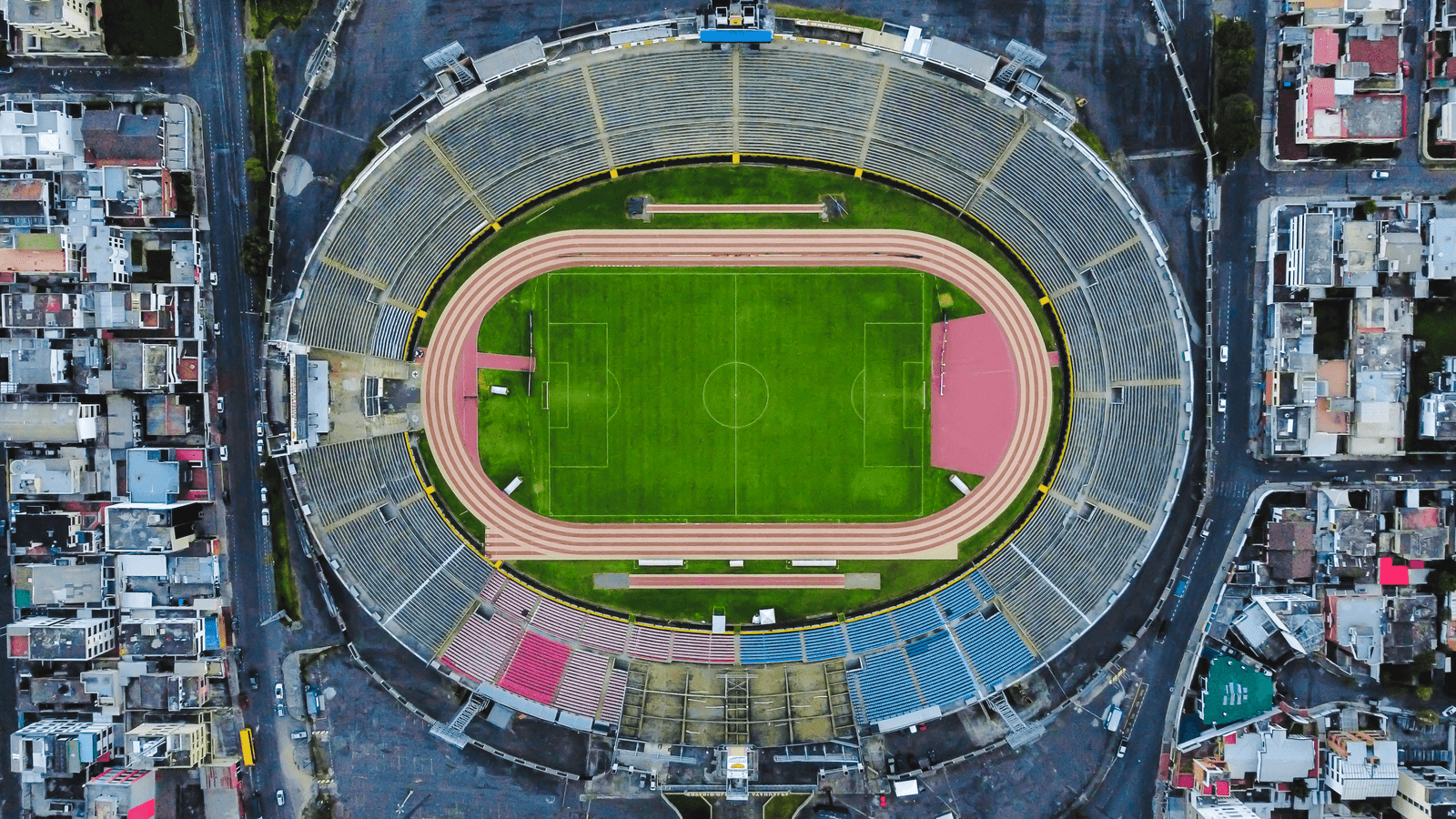Top 5 Argentine Football Stadiums Every Fan Should Visit ⚽🇦🇷

Argentina, a nation synonymous with football passion, boasts some of the most iconic stadiums in the world. From the electric atmosphere of Buenos Aires to the historic grounds in provincial cities, Argentine football stadiums are more than just venues—they are temples of the beautiful game. Whether you’re a die-hard football fan or a casual traveler, visiting these stadiums is a must. Here’s a detailed guide to the top 5 Argentine football stadiums every fan should visit.
1. La Bombonera (Estadio Alberto J. Armando) 🏟️
Location: Buenos Aires
Team: Boca Juniors
Capacity: 54,000
Why Visit La Bombonera?
La Bombonera, or “The Chocolate Box,” is one of the most famous football stadiums in the world. Home to Boca Juniors, this stadium is renowned for its unique D-shaped architecture and its incredibly passionate fans. The atmosphere during a Boca Juniors match is electrifying, with fans singing, jumping, and creating a wall of noise that can be felt in your bones.
Key Features:
- The “12th Player”: Boca fans, known as La Doce, are considered the team’s 12th player due to their unwavering support.
- Museo de la Pasión Boquense: The on-site museum offers a deep dive into Boca Juniors’ history, including trophies, memorabilia, and interactive exhibits.
- Neighborhood Vibe: Located in the vibrant La Boca district, the stadium is surrounded by colorful houses, tango dancers, and street art.
Pro Tip:
Attend a Superclásico match between Boca Juniors and River Plate for the ultimate football experience. Be sure to book tickets well in advance, as these matches sell out quickly.
2. El Monumental (Estadio Monumental Antonio Vespucio Liberti) 🏟️
Location: Buenos Aires
Team: River Plate
Capacity: 70,074
Why Visit El Monumental?
El Monumental is the largest stadium in Argentina and home to River Plate, Boca Juniors’ arch-rivals. This stadium is steeped in history, having hosted the 1978 FIFA World Cup Final. Its grandeur and scale make it a must-visit for any football enthusiast.
Key Features:
- Historical Significance: The stadium witnessed Argentina’s first World Cup victory in 1978.
- Museo River Plate: Explore the rich history of River Plate, one of South America’s most successful clubs.
- Modern Amenities: Unlike many older stadiums, El Monumental offers comfortable seating and excellent facilities.
Pro Tip:
Take a guided tour to learn about the stadium’s history and get access to areas like the locker rooms and press boxes. Don’t forget to snap a photo with the statue of Antonio Vespucio Liberti, the stadium’s visionary.
3. El Cilindro de Avellaneda (Estadio Presidente Juan Domingo Perón) 🏟️
Location: Avellaneda, Buenos Aires Province
Team: Racing Club
Capacity: 51,000
Why Visit El Cilindro?
Known as El Cilindro (The Cylinder) due to its circular design, this stadium is home to Racing Club, one of Argentina’s most historic teams. Racing fans are known for their loyalty and passion, making matchdays here an unforgettable experience.
Key Features:
- Historic Achievements: Racing Club was the first Argentine team to win the Intercontinental Cup in 1967.
- Intimate Atmosphere: The stadium’s design ensures that fans are close to the action, creating an intense and immersive experience.
- Local Flavor: Avellaneda is a working-class city with a strong football culture, offering an authentic Argentine experience.
Pro Tip:
Visit during a clásico match against Independiente, Racing’s local rivals, to witness one of the most heated derbies in Argentine football.
4. Estadio Único Madre de Ciudades 🏟️
Location: Santiago del Estero
Team: Central Córdoba (SdE)
Capacity: 30,000
Why Visit Estadio Único Madre de Ciudades?
This modern stadium, inaugurated in 2021, is a testament to Argentina’s commitment to football development outside the capital. Located in Santiago del Estero, it’s one of the most state-of-the-art stadiums in the country.
Key Features:
- Modern Design: The stadium features cutting-edge architecture and facilities, including VIP boxes and premium seating.
- Hosting Major Events: It has already hosted Copa Libertadores matches and is a candidate for future international tournaments.
- Cultural Experience: Santiago del Estero is one of Argentina’s oldest cities, offering a blend of history and tradition.
Pro Tip:
If you’re visiting during the off-season, take a stadium tour to appreciate its modern design and learn about its role in promoting football in northern Argentina.
5. Estadio Mario Alberto Kempes 🏟️
Location: Córdoba
Team: Talleres and Belgrano
Capacity: 57,000
Why Visit Estadio Mario Alberto Kempes?
Named after Argentina’s legendary striker Mario Kempes, this stadium is a hub for football in the Córdoba region. It’s shared by two rival clubs, Talleres and Belgrano, making it a focal point of local football culture.
Key Features:
- World Cup Legacy: The stadium hosted several matches during the 1978 FIFA World Cup.
- Scenic Location: Surrounded by the picturesque Sierras de Córdoba, the stadium offers a stunning backdrop.
- Versatility: In addition to football, the stadium hosts concerts and other major events.
Pro Tip:
Plan your visit during a Córdoba derby between Talleres and Belgrano to experience the intense local rivalry.
Final Thoughts 🌟
Argentina’s football stadiums are more than just places to watch a match—they are cultural landmarks that embody the nation’s love for the game. From the iconic La Bombonera to the modern Estadio Único Madre de Ciudades, each stadium offers a unique experience that every football fan should add to their bucket list.
Whether you’re cheering alongside passionate fans, exploring museums, or soaking in the local culture, these stadiums promise memories that will last a lifetime. So pack your jersey, grab your scarf, and get ready to experience the magic of Argentine football! ⚽🎉
By visiting these stadiums, you’ll not only witness world-class football but also immerse yourself in the heart and soul of Argentina’s sporting heritage. 🇦🇷⚽
Discover more from SuqMall
Subscribe to get the latest posts sent to your email.
